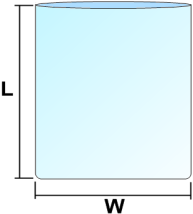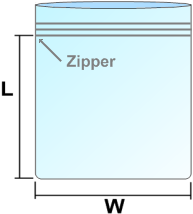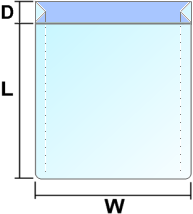This guide explains what the washing and clothing care symbols on your garment labels say about how you should wash, dry, iron and bleach your clothes – taking you through all the essential steps of taking care of your wardrobe. The following wash care symbols cover how your garment should be cleaned:
Once you've washed your clothes, it's just as important to dry them properly. The following wash care symbols explain whether it is safe to use a tumble dryer after washing your garment, and if so, which setting is appropriate.
If you prefer to dry your clothes naturally, the following clothing care symbols explain the best method to use without damaging your clothes:
Once your clothes are dry, ironing becomes a priority: these wash care symbols explain how (and whether) your clothes should be ironed.
If your whites are looking a bit drab and grey, you should check for these wash care symbols before attempting to use bleach. It is also important to check the label of your product to ensure you use it properly and take the necessary safety precautions.
(Use biocides safely. Always read the label and product information before use.)
Finally, some special garments are better off being taken care of by a professional; these wash care symbols cover whether your clothing should be dry cleaned
If you have any clothing care tips of your own, we'd love to hear from you! Share them with us in the comment box below.










